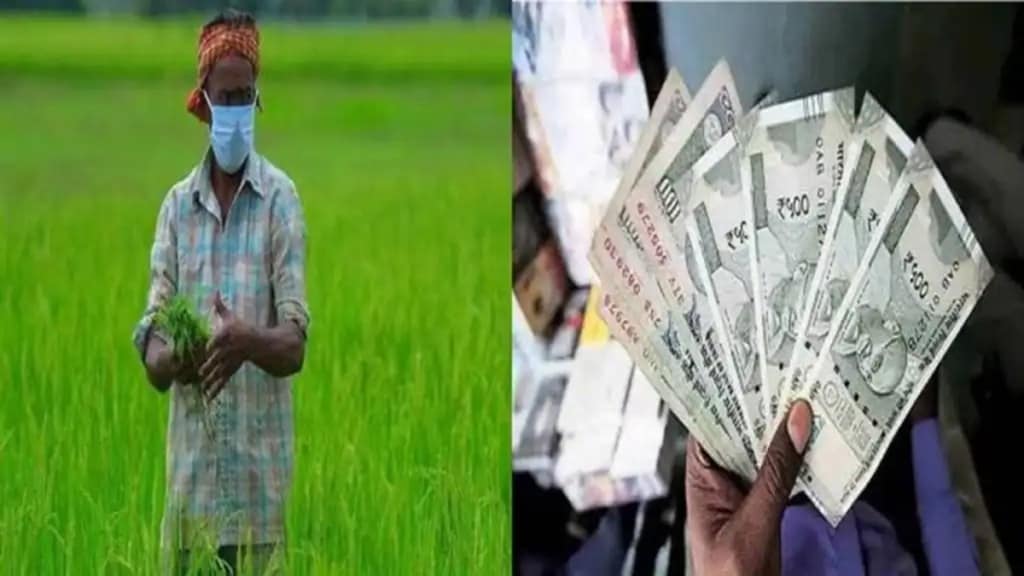A criterion needs to be fixed for allocation of farm credit to state governments on the basis of their respective farm outputs to ensure that the subsidised short-term crop loans are not concentrated in a few states or diverted for non-agricultural purposes, Niti Aayog Member Ramesh Chand said.
“There should be some criteria for disbursing institutional credit with norms for each state like 20% of the value of the crop output or 40% of input value including wages,” Chand told FE. He said that banks must follow these criteria, which would force them to redistribute agri-credit across the states.
The government and the Reserve Bank of India need to work out some mechanisms in this regard, he added.
The suggestion assumes significance because states that have relatively higher banking penetration and credit absorprtion ability among people corner a larger share of farm credit year after year, even as their contribution to the gross value added in the agriculture sector is relatively low.
Official sources said on condition of anonymity that “much of the institutional farm-credit in a couple of states is going for non-agriculture usage.” In some cases, the volume of credit provided to a state tends to be much higher than the value of the crop produced.
Sources said that Tamil Nadu, with a share of 4.4% of the value of crop produced nationally, has 16.6% share in total agri-credit flow. In contrast, Assam which has 2.2% share in the value of crops, gets 0.2% of the total agri-credit disbursed in the country.
The commercial banks, cooperative banks and Regional Rural Banks have disbursed Rs 24.84 trillion in 2023-24 under term and crop loans, a rise of 15% compared to FY23 according to the provisional figure.
Credit disbursal to Tamil Nadu was highest at Rs 4.39 trillion (17.6% of disbursal in the country) followed by Andhra Pradesh accounting for Rs 2.96 trillion or 12% of the disbursal last fiscal.
Over Rs 12.5 trillion (50.5%) was disbursed to five southern states — Andhra Pradesh, Telangana, Karnataka, Tamil Nadu and Kerala –while the region had only 17% of the gross cropped area of the country.
The eastern region comprising Bihar, Jharkhand, Odisha and West Bengal on the other hand received only 8.5% of the total agricultural credit flow at Rs 2.11 trillion in 2023-24 against the cropped area of 12%.
Under the modified interest subvention scheme (MISS), farmers holding Kisan credit cards (KCCs) are provided up to Rs 3 lakh loans at 7% interest per annum to meet their working capital requirement. The scheme provides additional interest subvention of 3% for prompt repayment of the loan, thereby reducing the effective rate of interest to 4%.
Currently, out of 73.6 million KCC holders, 23.7 million belong to agri-allied sectors. Under the MISS, in FY25 a budgetary allocation of Rs 22,600 crore has been made.
To address the regional disparity in agri-credit flow, officials said that Nabard is working with banks towards improving credit culture especially in eastern India by providing collateral in terms of social guarantee or a specialised fund and insurance products.
To address regional disparities in the flow of priority sector credit at the district level, RBI has taken the initiative to rank districts based on per capita credit flow. The apex bank has stressed on building an incentive framework for districts with a comparatively lower flow of credit and a disincentive framework for districts with comparatively higher credit flow.
According to an official note, in FY23, commercial banks had a share of 72% of the total credit disbursed which was followed by cooperatives banks (13%) and Regional Rural Banks (15%).
It stated that within the total credit outgo to agriculture, the share of small and marginal farmers in the total number of accounts increased from 48.6 million (57%) to 116.6 million (76%) during FY15 – FY22.


